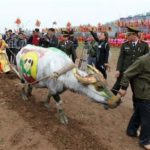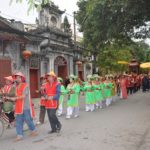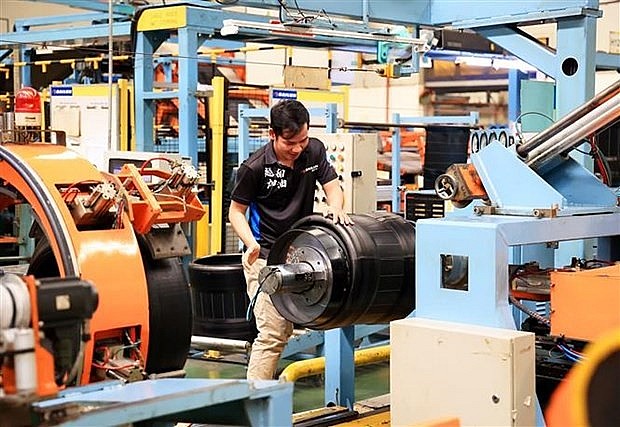 |
| Vietnam is expected to have the second highest annual GDP-growth rate worldwide. Photo: VNA |
This is not an exaggeration about Vietnam’s current investment environment as well as its potential, but is based on valid and practical grounds. The improved economic diversification, international integration, reformed investment legislation, and good economic policies contribute to this positive outlook, as stated in the article.
Referring to “The World in 2050” study by PwC consulting firm, the author emphasizes that Vietnam is predicted to have the second highest annual GDP-growth rate worldwide. This translates to an average annual growth of 5.3% from 2014 to 2050, making Vietnam the fastest growing economy in Asia till 2050. Furthermore, the Government successfully controls the inflation rate, with the consumer price index expected to be within the range of 3-5% for the whole year, well below the maximum allowed inflation rate of 4.5% in 2023. These strong macroeconomic indicators demonstrate the Government’s success in achieving economic recovery and maintaining stable development.
The article highlights the Vietnamese Government’s efforts in improving the business and investment environment, striving to meet the key economic indicators of top regional countries. Vietnam encourages foreign direct investments (FDI) on projects that utilize advanced, emerging, high, or clean technology, modern management methods, and contribute positively to global production and supply chains.
With numerous bilateral and multi-lateral free trade agreements (FTAs) in effect, Vietnam has established strong trade relationships around the world. Currently, Vietnam has 16 effective FTAs with over 60 partners, covering all continents and accounting for nearly 90% of global GDP. In terms of market access under the World Trade Organization (WTO), Vietnam is on par with Singapore, the most developed country in Southeast Asia.
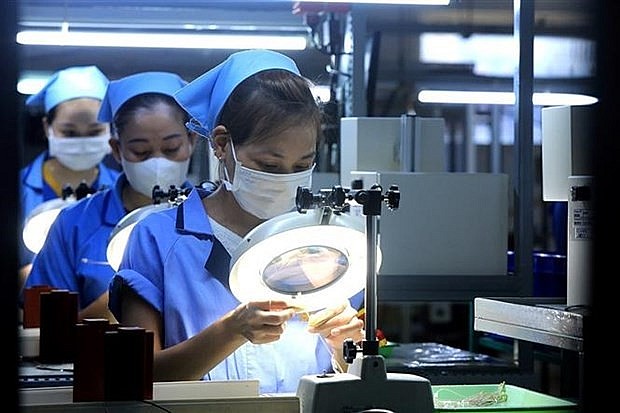 |
| Vietnam is a country of changes and currently offers increasing opportunities for foreign businesses. Photo: VNA |
Vietnam has concluded an FTA with the European Union and joined the Comprehensive and Progressive Agreement for Trans-Pacific Partnership (CPTPP). From an international trading and investment perspective, Vietnam offers unmatched partnership opportunities and market access.
The article highlights the new laws implemented in Vietnam, such as the Enterprise Law, Investment Law, and Public Private Partnership Law, which are considered the most liberal and investor-friendly in the region. These laws remove barriers to business and investment, creating an open, transparent, and opportunistic environment for foreign investors.
To further support investors, the Government issued a Decree in 2015, allowing more flexibility in foreign ownership ratios in publicly listed companies, with up to 100% in certain cases. Foreign investors are also allowed to make unlimited investments in Government bonds, bonds guaranteed by the Government, and bonds of provincial authorities or enterprises.
In conclusion, the article emphasizes that Vietnam is a country of changes, offering increasing opportunities for foreign businesses. The economy’s underlying strength is reflected in controlled macroeconomic indicators, strong productivity gains, and extensive integration into regional and global economies.
The article encourages foreign investors to seize the upcoming clear opportunities and start their business plans in Vietnam.
FDI inflow surges nearly 39%
Vietnam attracted more than $4.29 billion in foreign direct investment (FDI) in the first two months of 2024, a year-on-year increase of 38.6%, according to the Ministry of Industry and Trade (MoIT)’s Foreign Trade Agency.
During this period, 405 new projects with a total registered capital of $3.6 billion were granted investment certificates, representing a 55.2% increase in volume and doubling the value recorded in the same period last year.
Additionally, 159 projects had their capital adjusted, with a total amount of $442.1 million, up 19.5% in volume and down 17.4% year-on-year, respectively.
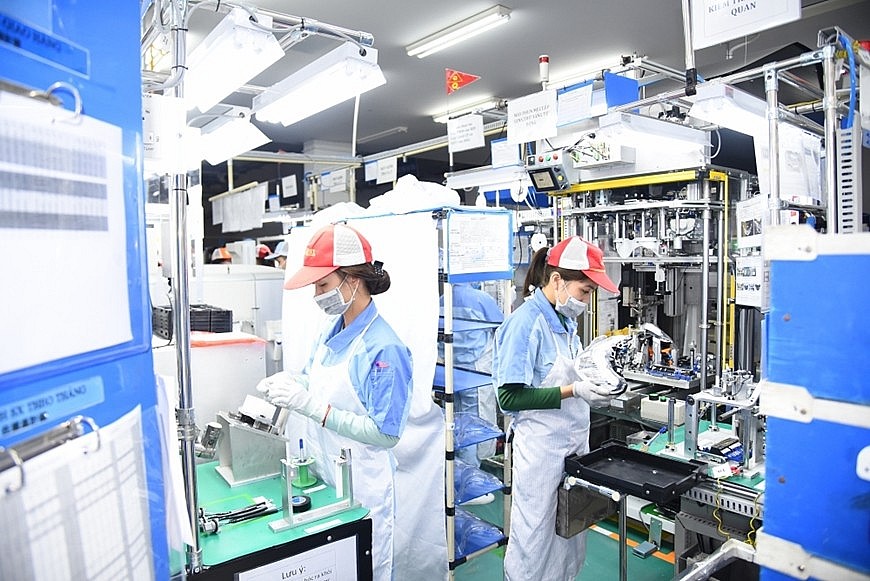 |
| Foreign investors inject capital into 16 out of 21 economic sectors. Photo: VGP |
Capital contributions and share purchases fell 68% year-on-year to $255.4 million.
During the two months, $2.8 billion in FDI was disbursed, a 9.8% increase from the same period in 2023.
The top ten localities in terms of FDI attraction were Hanoi, Quang Ninh, Thai Nguyen, Ba Ria–Vung Tau, Bac Ninh, Dong Nai, Bac Giang, Ho Chi Minh City, Hai Phong, and Hung Yen. These ten localities accounted for 81.7% of the foreign capital invested during this period.
Among the 48 countries and territories investing in Vietnam during January and February, Singapore was the largest investor, pouring in over $2.08 billion, followed by Hong Kong (China), Japan, and China.
Foreign investors injected capital into 16 out of the 21 economic sectors, with the processing and manufacturing industry receiving the highest investment of nearly $2.54 billion. This was followed by the real estate sector, wholesale and retail sales, and scientific and technological activities.
Painting contest held for buffaloes joining ploughing festival in Ha Nam
A buffalo painting contest for the Doi Son Tich Dien (ploughing) Festivalwas held on February 10, or the sixth day of the Lunar New Year in Doi Son commune, Duy Tien district, the northern province of Ha Nam.

